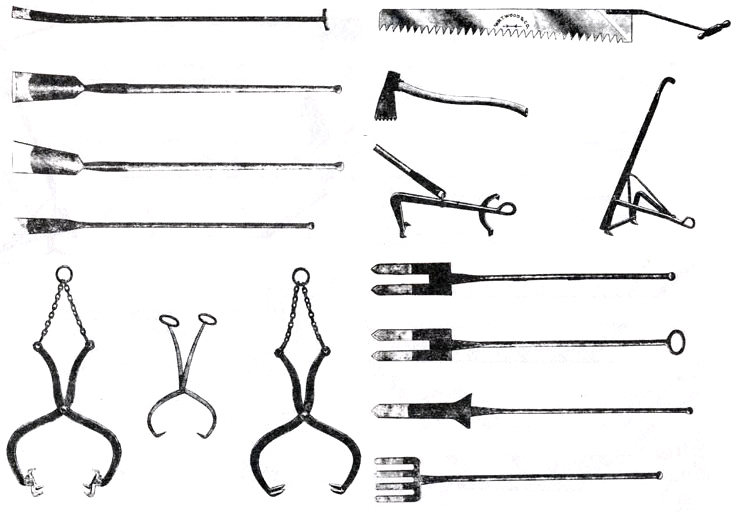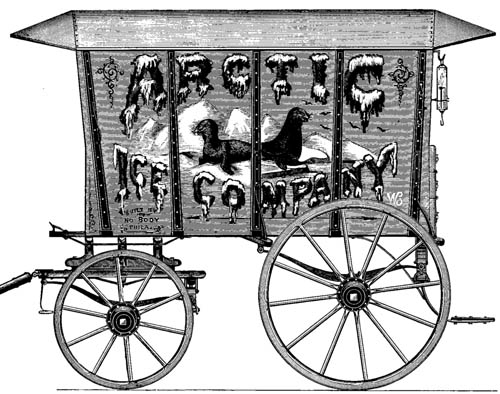Read more Blasts from the Past in Andi’s Attic >>
If you have read the new Circle C Milestones book #6, Stranger in the Glade, “Winter Ice for Summer,” you got a up-close and personal look at something Andi had never experienced before: harvesting the ice she took so much for granted all her life. She and a young Riley could sneak into the Circle C’s icehouse and chip away a hunk of ice to cool their dry throats in the summertime. Andi, Cory, and Jenny got ice from Jack Goodwin during the opening chapters of Trouble with Treasure. She never paid attention to how it got from a frozen lake in the middle of winter to the ranch’s icehouse. But when she, Riley, Chad, Ellie, and some ranch hands head up to Mirror Lake in the Yosemite Valley in January, Andi gets her fill of this hard and dangerous work! Below is the real-life Mirror Lake in the Yosemite Valley in the 1800s. These men are harvesting ice, just like Andi and her family do in the story.

Which brings us to this question: Why would anyone go to so much time and effort (not to mention nearly freezing to death) to cut, load, and store hundreds of 200-pound blocks of ice? The answer: no refrigerators. Electricity to keep food cold or frozen was not common until the early 1900s. Before then, ice was “king,” and people did whatever it took to make sure they had some. Do you remember Andi’s journal entry?
The poor get their ice in the winter, while the rich get their ice in the summer.
Those who could not afford to build an icehouse to keep the ice frozen all year (even during the summer), could not enjoy such pleasures as ice cream or iced lemonade in the summer. They also had to think of other ways to keep their meat and milk from spoiling. Many made cheese. Others salted and stored meat in a heavy brine (salt solution). A lot of folks dried their meat (beef jerky). Many went without or milked a cow and used the milk up as fast as they could.
In the city, the ice man drove his wagon through the streets, selling ice to the housewives lucky enough (or rich enough) to have an ice box in their kitchens. The ice block stayed in one half of the cabinet, and food was kept cold in the other half. Mrs. M remembers as a child, her family’s beach cabin had an icebox (leftover from when her father was a child and lived in this same cabin during the summers). My father went to town and bought a big block of ice to keep things cool, like an ice chest. But it was a real icebox made of wood just like Andi’s family used.
Watch this five-minute video about harvesting ice during the 1800s.
Ice Tools and Equipment
Lots of various equipment was used to protect the men and horses while harvesting the ice. Cork shoes for the men; spiked horseshoes for the horses pulling the ice cutter; hand saws, ice picks, tongs, and heavy iron chisels with “forks” on the end (like the trident Aqua Man would use). This was backbreaking work in freezing temperatures. The blocks of ice could weigh up to 250-300 pounds!


An ice box and the ice man’s wagon (1884)

Getting the Job Done
Chad’s ice harvesting operation took only a few days and Mirror Lake was not a large lake. However, many ice companies back east harvested ice for six to eight weeks during winter and shipped ice all over the country. Ice harvesting was big business before the wide-spread use of electricity to power refrigerators, especially to keep meats, dairy, and produce from spoiling during shipping. Here is a refrigerator car with ice tanks on both ends. Ice was packed inside the tanks and kept the goods cold.

The video showed the steps for harvesting the ice. It was important to keep the channel open so the blocks of ice could be floated along to the shore and then up into wagons to head for the ice houses. Here are loads of ice headed for storage. Ice lasted a good year (even though the summer) if the ice house was insulated well enough.

Ice harvesting was exhausting, bone-chilling work. Not to mention dangerous. Working alongside the open water, it was not uncommon for workers to fall in.
“You ever do the polar plunge?” experienced workers might ask. “That would be considered a really bad day at work.” It’s when a man slipped and fell into the open water. Brrrr! One story goes that one day a worker took an accidental “polar plunge.” He decided to run home quick and change out of his wet clothes. However, he did not take into account the below-zero temperatures on his wet trousers. The man literally froze in his tracks and couldn’t move his legs! His chums picked him up like a statue, carried him home, and stood him up in a bathtub until the pants thawed enough to get him out of them.



That’s really interesting!
LikeLike
The video is really neat!
LikeLike
wow so thankful we can just have refrigerators to make ice for us!
LikeLike
Yes!
LikeLike
Glad we live in modern times!
LikeLike
Yes, Me too.
LikeLike
So cool! In “Farmer Boy” (Laura Ingalls Wilder) it talks about Almonzo, his father, and some friends cutting ice just like this. Neat! And how did the men know if the ice was thick enough?
LikeLiked by 1 person
They bored a hole in the ice (like Riley did in the story) and then a special ruler with an edge on it was inserted into the bore hike and it caught on the underwater edge of the ice and then you could measure it. Did you miss that part in the story? 😉
LikeLike
I meant if they knew how thick before they drilled any holes… Like if they could walk on it without the ice breaking, then it was thick enough?
LikeLike
No, they always measured first thing. It needed to be think cuz they took horses into the ice to pull the scoring machine.
LikeLike
Wow, this makes me so thankful that we have refrigerators and freezers nowadays!
LikeLike
Cool!
LikeLike